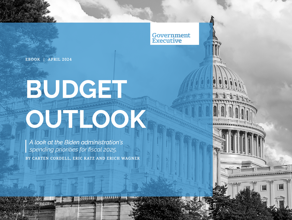Price Drop: Lockheed Pitches $80M F-35A to Pentagon
That’s the cheapest price yet for the Air Force version of the fifth-generation jet.
Lockheed Martin is offering to come down more than 10% on the price of the least-expensive F-35 as it negotiates the largest sale yet of Joint Strike Fighters.
The company is offering to sell the Pentagon about 100 F-35As — the version flown by the U.S. Air Force and most allies — for less than $80 million each, down from $89.5 million apiece in the deal signed last September. That price point suggests the company will meet its 2020 price targets for the warplane, whose lengthy development and higher-than-expected initial costs have drawn much criticism.
The 100 F-35A are part of a block buy of three production lots of the jets — in all, roughly 450 jets. The order will include F-35Bs for the Marine Corps, F-35Cs for the U.S. Navy, and a variety of the jets for allies.
“We currently have an offer submitted to the Department of Defense for Lots 12-14 that is below the $80 million F-35A for lot 14 in 2020, per our longstanding commitment,” company spokesman Mike Friedman wrote in an email Tuesday. “This represents equal or less than the procurement cost of legacy jets, while providing a generational leap in capability.”
The latest round of F-35 negotiations come as the Air Force is planning to buy new Boeing-made F-15 Eagle fighters for the first time in two decades. While the new Eagles would replace existing F-15s, Lockheed has argued the F-35 is a cheaper alternative and offers stealth and other technology that comes standard in a more modern, fifth-generation warplane.
The proposed purchase of three batches of jets simultaneously is meant to get a better price than past years’ annual purchases of a few dozen of the jets. A 2018 Rand study put the potential savings at more than $2 billion.
Lockheed has delivered more than 385 F-35s to the U.S. Air Force, Navy, Marine Corps and American allies.
“As we ramp up production, each year we have lowered cost, reduced build time, improved quality and on time delivery,” Friedman said. “Moving forward, we are focused on and taking action to further reduce costs across both production and sustainment.”




